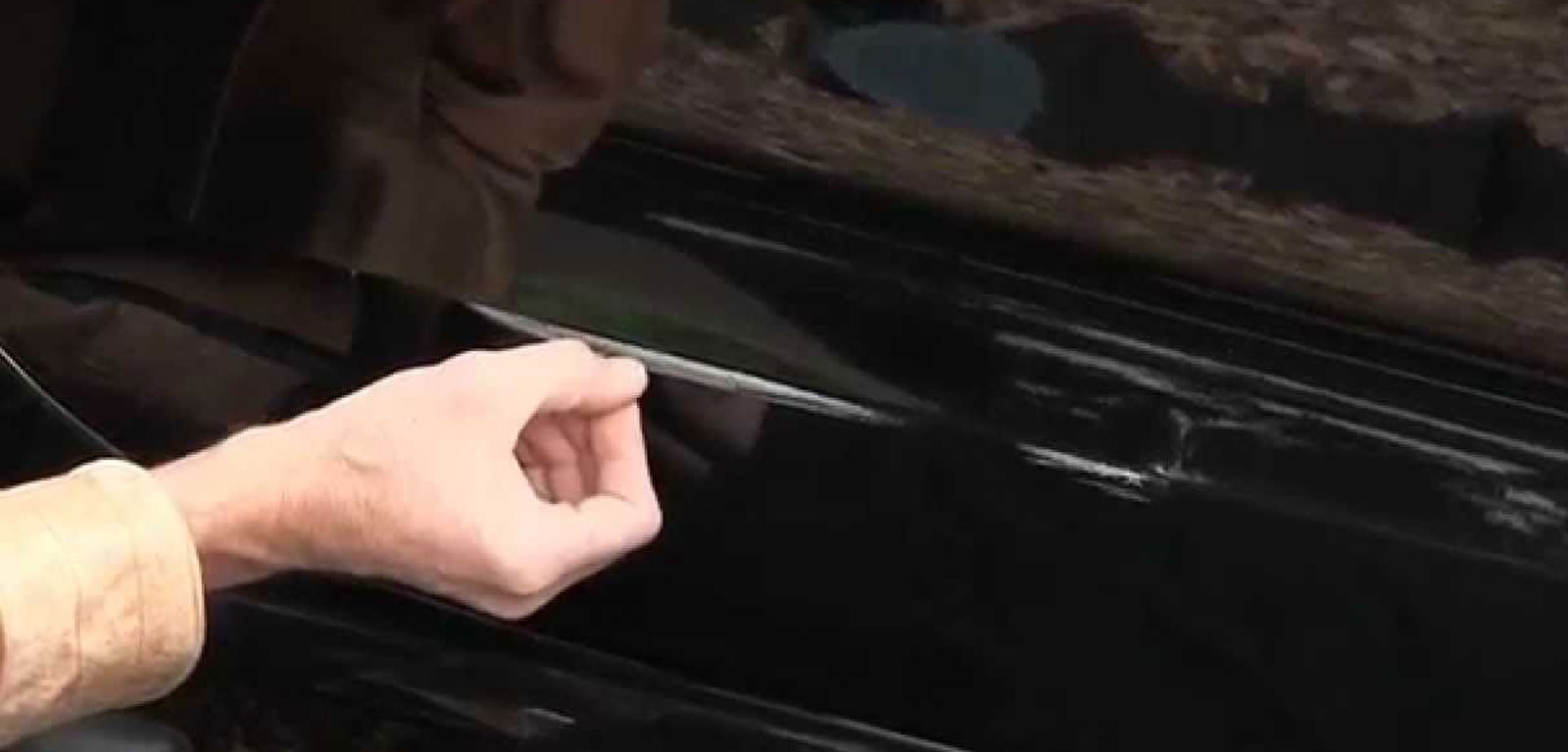School researchers' discovery could lead to scratch-proof paint
Stretchy miracle material could be used to create highly resistant smart devices and scratch-proof paint for cars.

Led by Dr Elton Santos from the School of Mathematics and Physics, an international team of researchers have found superlubricity in a few layers of graphene – a concept where friction vanishes or very nearly vanishes. The experts also found that a few layers of hexagonal boron nitride (h-BN) are as strong as diamond but are more flexible, cheaper and lighter.
The findings, which have been reported in Nature Communications, reveal that the h-BN layers form the strongest thin insulator available globally and the unique qualities of the material could be used to create flexible and almost unbreakable smart devices, as well as scratch-proof paint for cars.
Dr Santos explains: “We have all at some point in life stepped on a slippery surface where we have to steady our balance so that we don’t fall. In most cases, liquid such as water or oil is the cause and this slippery state is what we describe as superlubricity - there is basically no friction on a surface.
“In graphene, this superlubricity state comes from atomic orbitals that compose carbon atoms. Normally, to generate friction some orbitals must overlap and heat, or some energy, must be released. Surprisingly, our research shows that graphene does not require this process, it just spontaneously slides on top of other layers but does not release heat. This means that graphene, which is 300 times stronger than steel, becomes mechanically weaker and can easily break.”
The research findings around the h-BN layers show that its mechanical properties are similar to diamond but are much cheaper, more flexible and lighter. It can easily be integrated in tiny electronic circuits or to reinforce structures as it is more robust against shocks or mechanical stress.
Read more about this story here, or access the paper itself.
